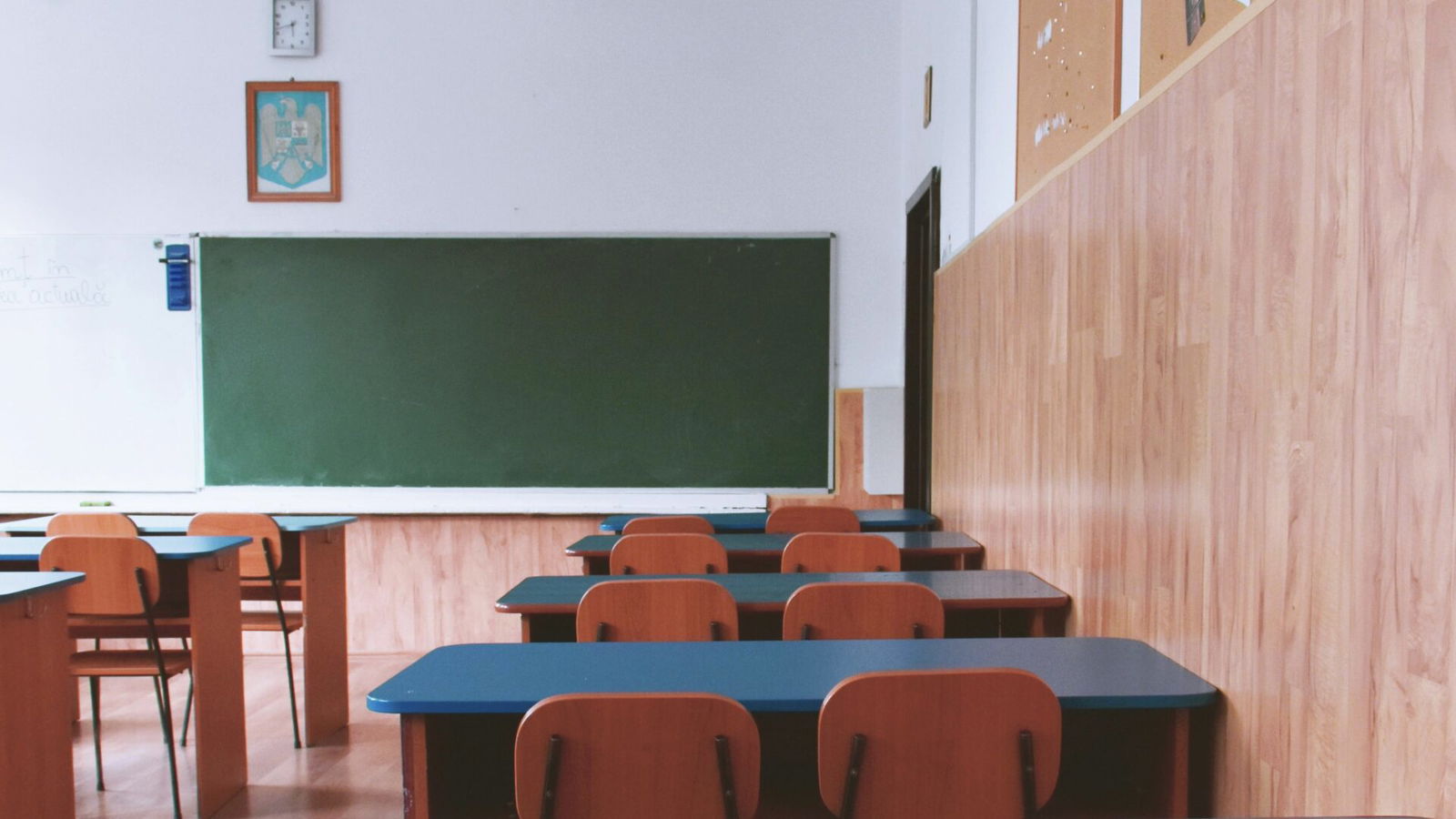
Has Your State Banned Phones in Schools?
By Movieguide® Contributor
Several states and school districts across America are restricting or banning cell phone use.
“As a society, we don’t allow alcohol or drugs in schools. Why should we allow highly-addictive phones to be used in the same setting?” The New York Post asked Aug. 25.
“Limitless apps entice children with the promise of the next dopamine surge, a predatory business model. While numerous studies have shown the negative psychological impact of these devices on developing brains, they can also take a physical toll on the body,” The New York Post said. “The constant checking, scrolling, and swiping that children succumb to increases cortisol ‘stress hormone’ levels, increases blood pressure, and worsens sleep quality.”
These are a few of the reasons why some schools and state governments are doing something about it.
Superintendent of Public Instruction for the Arizona Department of Education Tom Horne says cellphone use “become the heroin of our time…No teacher should be expected to have to teach a class where the students are scrolling on their cellphones.”
“Arizona is the latest state attempting to restrict usage, according to reports, with the legislature arguing that while districts can individually tackle the issue, a wider law is necessary,” Fox News reported. “In April, Gov. Katie Hobbs vetoed a bill that would have limited cellphone use in Arizona’s public schools.
Arizona is one of 11 states to have laws or policies that restrict phone use in schools. America’s second-largest school district, the Los Angeles Unified School District, passed a ban on phone use during the day. The ban is on track to be implemented by Jan. 2025.
Movieguide® reported:
The ban comes just a day after “U.S. Surgeon General Dr. Vivek H. Murthy called for an immediate warning label on social media platforms in a New York Times op-ed, similar to warnings on cigarette packs mandated by Congress in the 1960s,” Good Morning America reported Tuesday.
One teacher in the district who advocated for the vote to pass said teachers have an “uphill battle” when they try to curb teen phone use.
“Managing student use of smartphones as a classroom teacher is now more like running a nonstop marathon. It takes a lot of energy and it’s really hard to keep up,” said high school math teacher Jessica Quindel.
Virginia’s governor, Glenn Youngkin, made an executive order to “help bring cellphone-free education to Virginia schools.” Last month, he charged the state’s Department of Education with the task of removing cellphone from public schools.
Some states — Arkansas, Ohio, Delaware and Pennsylvania — have their students place their phones in storage pouches during school hours.
“Arkansas’ phone-free schools’ program isn’t about taking anything away — it’s about giving kids the freedom to learn without distractions,” Gov. Sarah Huckabee Sanders said.
Delaware asks its teachers to also keep their phones at bay.
“The Board asks that instructional staff lead by example and refrain from cell phone usage during class time,” the Smyrna School board wrote in a statement. “Parents and guardians, we need your support in helping your child/children understand that being without their phone for a little over an hour at a time has benefits to the learning environment and their overall academic success.”
Dr. Willough Jenkins, a pediatric psychiatrist at Rady Children’s Hospital and UC San Diego, said restriction is “not black and white — [it’s] quite a nuanced discussion, because not all children struggle with phone use. But for those who do, we certainly are seeing the impacts in our mental health clinics and within psychiatry.”
“[When] children are immersed in their phones and not interacting with other children around them, we worry about the impact on their social development, because schools are about academics and [also] the social learning that comes along with it.”
Though typical phone use can have many negative effects, Jenkins hopes lawmakers and school districts consider that some children may need their devices for essential reasons, like face-to-face communication or to monitor blood and glucose levels.
Questions or comments? Please write to us here.


 - Content:
- Content: 

 – Content:
– Content: 